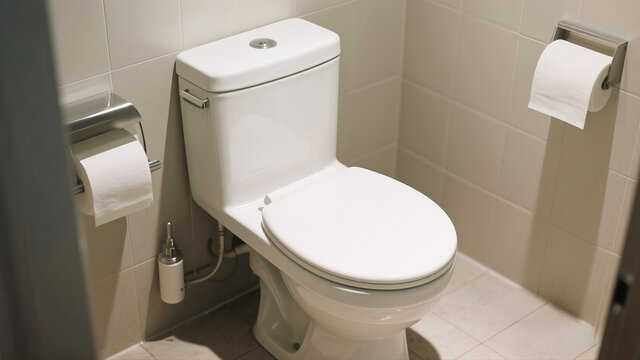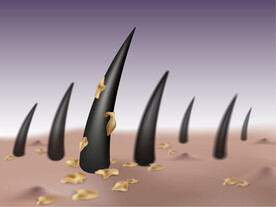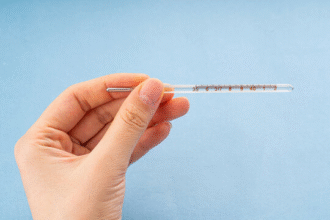Constipation: Nutrition and Lifestyle That Work
Most constipation improves with simple changes to diet, fluids, movement, and bowel habits. Use this guide to start safely; seek care if red flags are present.
First‑Line: Food and Fiber
- Target total daily fiber: 25–30 g for adults (up to ~38 g for younger men) from foods; add supplements if needed.
- Best choices (aim for a mix):
- Whole grains: oats, bran cereals, whole‑wheat bread, brown rice, quinoa
- Legumes: lentils, chickpeas, beans, edamame
- Produce: pears, apples (with skin), berries, leafy greens, broccoli, carrots
- Seeds/nuts: flaxseed (ground), chia, walnuts, almonds
- Add fiber gradually over 1–2 weeks to reduce gas/bloating; maintain adequate fluids.
Fiber supplements (if food isn’t enough)
- Psyllium (husk) has the best evidence; start low (e.g., 1 tsp in water once daily) and titrate.
- Alternatives: methylcellulose, wheat dextrin, partially hydrolyzed guar gum.
Hydration
- Adequate fluid intake helps fiber work. Most adults do well with pale‑yellow urine as a target; roughly 1.5–2 L/day from beverages and water‑rich foods, adjusting for heat/exercise.
- A warm drink in the morning may stimulate a bowel movement (e.g., warm water, tea, or coffee if tolerated).
Fats and Fermented Foods
- Include healthy fats to “lubricate” stool consistency: olive oil, avocado, nuts, seeds.
- Fermented dairy (e.g., yogurt with live cultures) may support gut motility and comfort in some people.
Helpful Foods with Evidence
- Prunes or prune juice (sorbitol + fiber): 5–10 prunes/day or 120–240 ml juice can help.
- Kiwifruit: 2 kiwis/day has shown benefit in trials.
- Ground flaxseed: 1–2 tbsp/day with fluids.
Move and Train the Bowel
- Daily physical activity: brisk walking 20–30 minutes most days; add stairs or light strength work.
- Respond to the urge—don’t ignore it.
- Try a regular toilet time, ideally 20–30 minutes after breakfast (gastrocolic reflex). Use a footstool to elevate knees above hips to straighten the anorectal angle.
Medicines: A Simple Ladder (when lifestyle is not enough)
- Bulk‑forming fiber (psyllium) is first choice.
- Osmotic laxatives next: polyethylene glycol (PEG) or lactulose as directed.
- Stool softener (docusate) has limited evidence; may help with hard stools after surgery.
- Stimulant laxatives (senna, bisacodyl) for short courses or rescue use.
- Chronic or refractory symptoms: discuss secretagogues (linaclotide, plecanatide) or prucalopride with a clinician.
What to Limit or Avoid
- Excess alcohol; dehydration; very low‑fiber, highly processed diets.
- Routine long‑term use of stimulant laxatives without clinician guidance (risk of dependence/side effects).
- Overuse of constipating agents when possible (opioids, some anticholinergics, iron/calcium supplements)—ask about alternatives.
Special Notes
- Older adults: prioritize hydration, psyllium or PEG, balance fiber with chewing/swallowing tolerance.
- Pregnancy: focus on fiber, fluids, activity; PEG and bulk fibers are generally preferred if medication is needed—confirm with your clinician.
Sample Day (illustrative)
- Breakfast: oatmeal with berries and ground flaxseed; yogurt
- Lunch: lentil soup, whole‑grain bread, side salad
- Snack: pear and a handful of almonds
- Dinner: brown rice, salmon, steamed broccoli, olive‑oil drizzle
When to Seek Medical Care (Red Flags)
- Blood in stool, black/tarry stools, or unexplained weight loss
- New or worsening constipation after age 50, or a family history of colon cancer/polyps
- Severe abdominal pain, vomiting, fever, or inability to pass gas (possible obstruction)
- Iron‑deficiency anemia, or symptoms not improving after several weeks of proper lifestyle measures
This guide is for general education and does not replace professional medical advice. For persistent or severe symptoms, medication decisions, or if you have significant medical conditions, consult a clinician.







